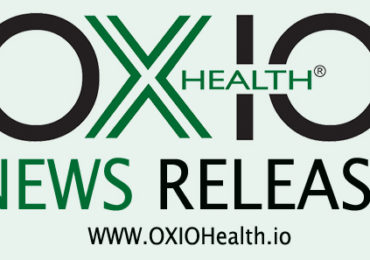One of the things that continues to shock us in healthcare are the costs to administer the back-office, or the cost to generate, send, process, pay and receive a medical claim.
How big is this administrative cost of healthcare in the U.S.?
What if we told you that the healthcare administration costs are approximately $333,000,000,000 USD (three hundred thirty-three billion USD) per year.
Would you believe your eyes?
Yes, the United States of America spends more in healthcare administration than many, many countries spend on healthcare in total! For instance – United Kingdom, Canada, AND France.
Healthcare today can be effectively divided into three key segments: clinical data, claims data and patient data. Nearly all clinical data just sits locked in physician offices and over 95% of all healthcare expenditures require a licensed physicians’ signature. Claims data is all the trillions of transactions made by insurance companies, government and employers. This is data that is all numbers, and while you would think easy to track, few claims data repositories are mined. Patient data is practically missing from all permanent storage devices. This includes data the providers do not have, do not ask for, or the patient does not tell them about. The biggest issue we have is all that data is uniformly separated and collected across the board.
At the payor level, many are still using legacy systems that have not effectively changed in 30 or 40 years. These systems are patched and made to work in the modern environment however, the cost and complexity is escalating and is beginning to be threadbare. This means, that at least for the most part, the data is used for collecting or documenting payment for services only; rarely is it used to improve the health or wellness of the patient.
It would be smart for payors to totally replace their systems or allow for modernization using a “user centric design.” These systems will eventually provide lower cost and better service; two fundamental provisions to controlling cost in healthcare. The systems should be cloud-based, interactive, interconnected, and foster better communication between physician and patient and between members of the patient care team. We could reduce paperwork and cost to process claims. In the end, paying any claim does not provide any value to the patient, provider or payor.
On the horizon, we are beginning to see payor systems that will allow for seamless connection to the providers via their electronic health record (EHR). This will allow providers to receive near instantaneous claims adjudication (payment), as well as allowing the patient to see all the care they are getting and all the payments made on their behalf. Claims management should be an automated process!
Inspecting the records of the medical provider is automatic. There are sacred cows that each party has an interest to keep, however healthcare will not fully transform until this happens.
The driver at the end will be, as noted in the introduction to this series of blogs, the consumer. Recently, CNBC.COM reported that Apple, Inc. was “quietly working on turning your iPhone into the one-stop shop for all your medical info.” We will address this in detail in our next blog. For our purpose now though, we don’t see this happening very easily for Apple, the iPhone or the consumer. First, the consumer wants access to this information, although it is very unlikely they want to walk around with it. Second, the data is in the health system, not normally or easily accessible to consumers. Of the three repositories of information above, the consumer is the least in control today. The other two are paid to collect and use the data. The single biggest collector of valuable data is not the consumer or the payor, but the provider of care with the information in their EHR and practice management (PM) systems. The key is to connect everyone including the consumer to the collective EHR of all their information. We will see in the next few years as new types of EHRs connect a patient portal to the provider’s EHR and to payors. This effectively gives control of the most accurate data to the provider.
We designed PWeR® with the idea that the personal wellness information belonged to, and should be aggregated, at the consumer level. This information will be available via their iPhone or any other cloud-based device, where it can always be updated and shared with their permission. Those days are just around the corner.
– Noel J. Guillama, President
http://money.cnn.com/2017/01/11/news/economy/healthcare-administrative-costs-us-obamacare/index.html

